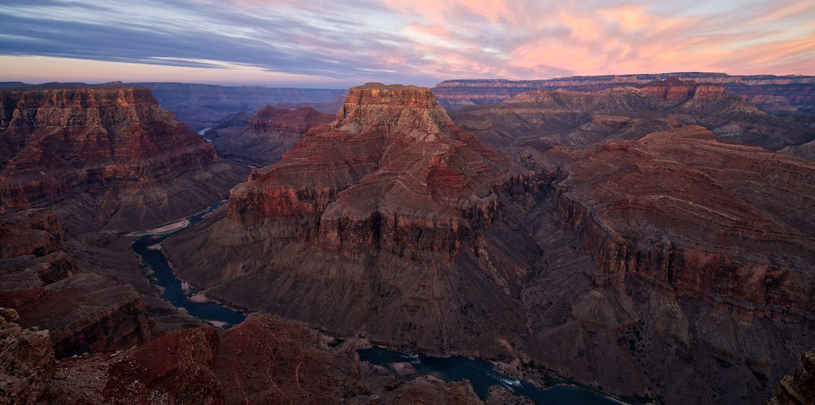
 by Roger Clark, Grand Canyon Director
by Roger Clark, Grand Canyon Director
A top federal official has notified the U.S. Department of Agriculture and U.S. Forest Service that permitting a massive new development near Grand Canyon’s south rim could threaten seeps and springs in the Grand Canyon.
On May 11, Deputy Assistant Secretary for Fish and Wildlife and Parks at the U.S. Department of Interior, Michael Bean, sent a letter warning that allowing the developer to proceed and pump groundwater could result in a violation of the World Heritage Convention.
If the development taps into groundwater sources it could present irretrievable loss in water resources and attendant biota associated with seeps and springs in the Park. It is our understanding that, to date, neither the town of Tusayan nor the developer has identified a source of water for the development. Until a water source has been identified, it may be premature to begin an environmental analysis.
-Michael J. Bean, Principal Deputy Assistant Secretary for Fish and Wildlife and Parks
Interior’s letter supports arguments presented by the Grand Canyon Trust and allies in a March 20th letter to the Forest Service, which stated: “The resort development is considered by Grand Canyon National Park to be one of the gravest threats to the Park in its nearly 100-year history because it threatens groundwater pumping that could reduce flows of seeps and springs that support wildlife and recreation on the Park’s South Rim – the most popular entryway for millions of Americans each year to the iconic Park. Groundwater pumping accompanying the development could also lower the aquifer that is the exclusive source of all water for, and is the cultural foundation of, the Havasupai Tribe.”
Our letter concludes: “The evidence overwhelmingly demonstrates that the development is not in the public interest and that it will unreasonably conflict and interfere with the protection of Grand Canyon National Park.”
The Colorado River below Glen Canyon Dam is heating up. Find out why.
Read MoreGroundwater pumping at a uranium mine near the Grand Canyon will affect the canyon's springs, scientists says.
Read MoreArizona Governor Katie Hobbs is the latest elected official to call for an environmental review of Pinyon Plain uranium mine.
Read More